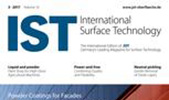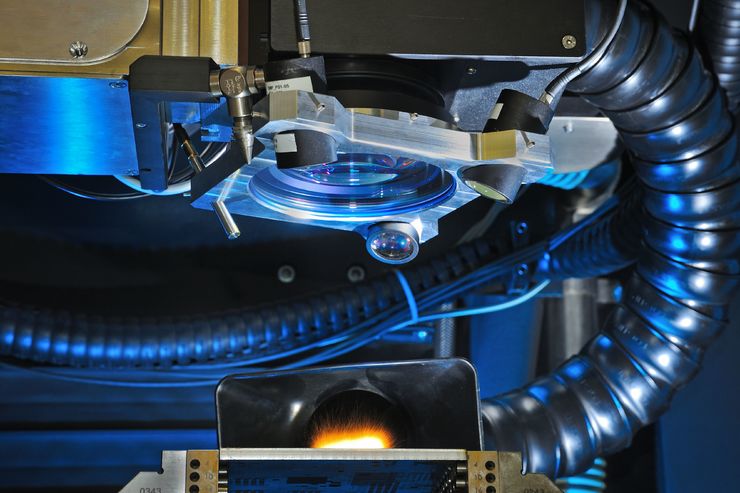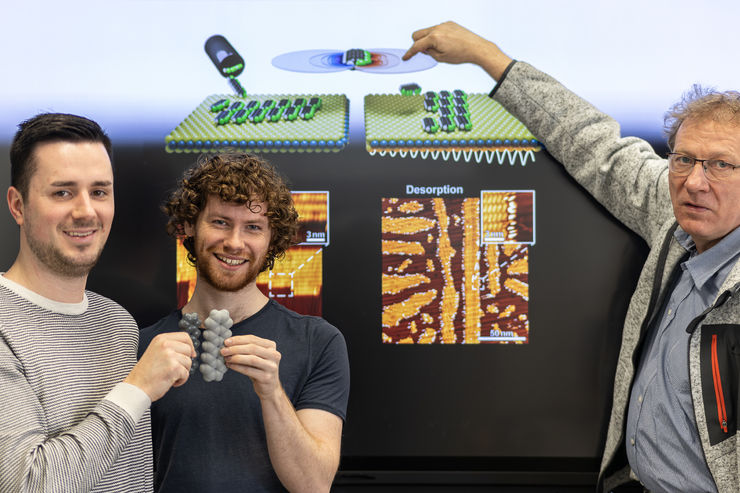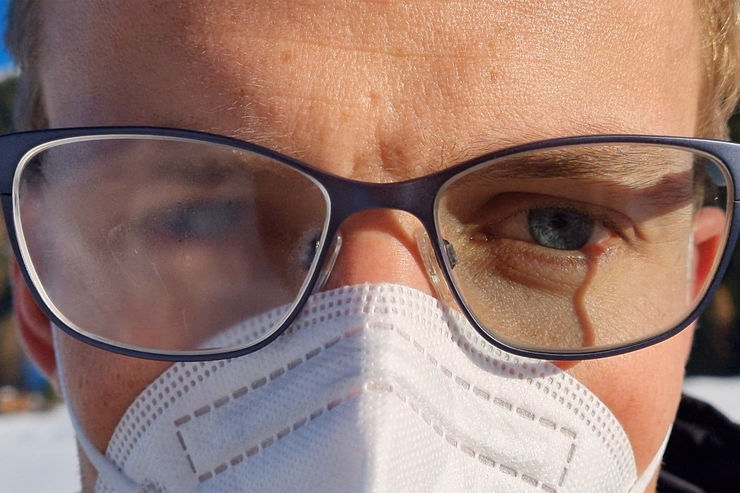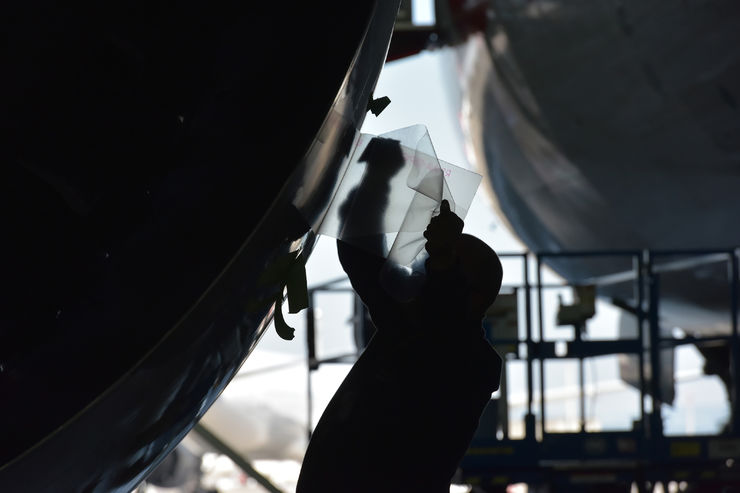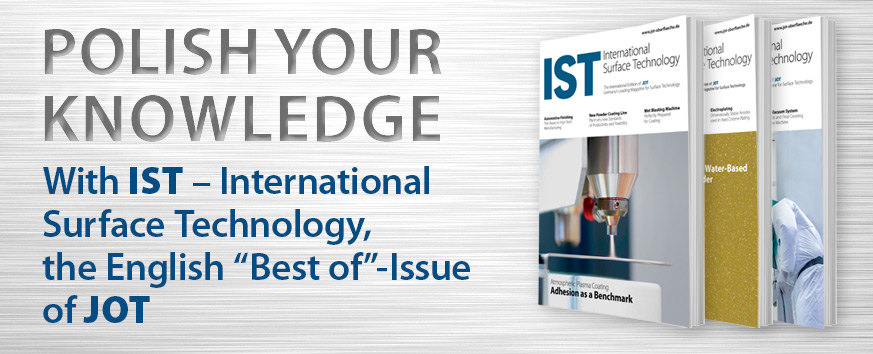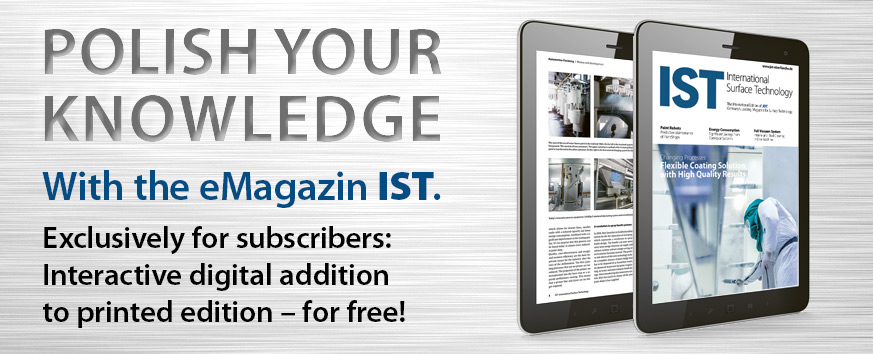Much has been heard of ultrashort pulse (UKP) lasers: With pulses in the pico- or femtosecond range, they can ablate even the hardest materials and do so with micrometer precision. UKP lasers are now available with several hundred watts of output power, so research and development are focusing on the question of how to "put horsepower on the road." The Fraunhofer Institute for Laser Technology ILT in Aachen has been working on this for years. In addition to various UKP lasers, the team at Fraunhofer ILT also has the latest high-performance liquid crystal modulators for beam shaping in laser material processing. These modulators can tolerate up to 150 watts of laser power. In the EU project "METAMORPHA - Made-to-measure micromachining with laser beams tailored in amplitude and phase", two of them are connected together in an optics module. The module can form a beam profile individually or as a multi-beam and is compatible with various processing systems, for example 3-axis machines, 5-axis machines, lathes or roll-to-roll machines.
With machine learning to zero-defect production
A major advantage of liquid crystal modulators is their ability to change the beam tool more than 60 times a second. This enables optimization of the machining process or even a process change in a closed control loop. For this purpose, the process is continuously monitored and regulated with an intelligent control system. Process parameters and strategy are optimized via machine learning, which should enable production with 100% good parts. After a corresponding learning phase, processes can also be simulated and optimized process parameters predefined. The main goal of the project is extensive energy savings and resource-efficient production. The three industrial partners Ceratizit, Thyssenkrupp and Philips all have processes for which the planned laser-based manufacturing approach would represent an enormous step forward towards sustainable, economical production. At Thyssenkrupp, the laser is to structure embossing rolls. These are currently machined by electrical discharge machining. This requires more than 10 GWh per year. The laser is expected to save 90 % of this and also achieve a tenfold increase in the service life of the embossing rolls through precise restructuring of worn surfaces. At Ceratizit, the aim is to manufacture carbide dies and embossing punches and recondition worn tools. A photonic process chain is intended to make this faster and more economical. In this project, Philips wants to greatly simplify the manufacture of a product from the consumer sector using a universal laser processing head.
Autor(en): wi

